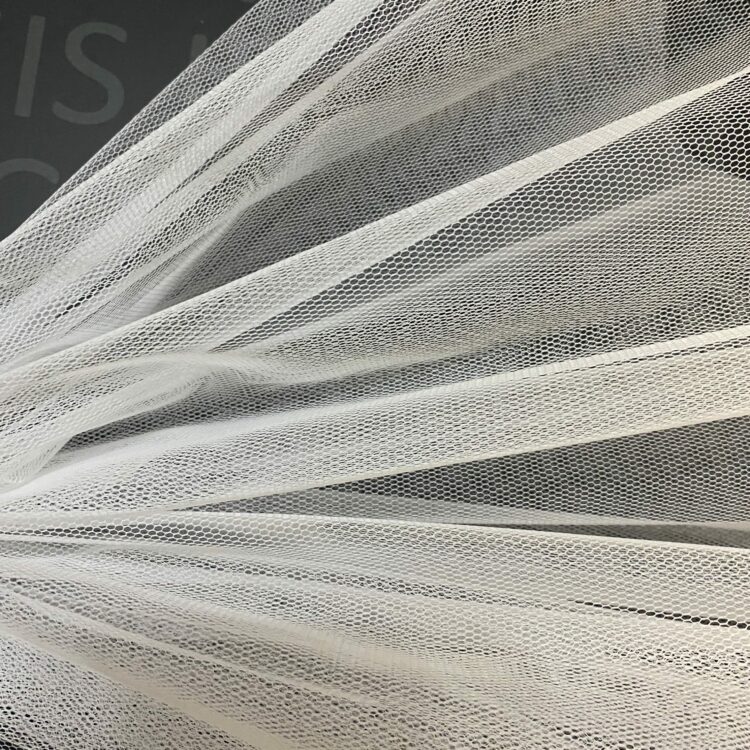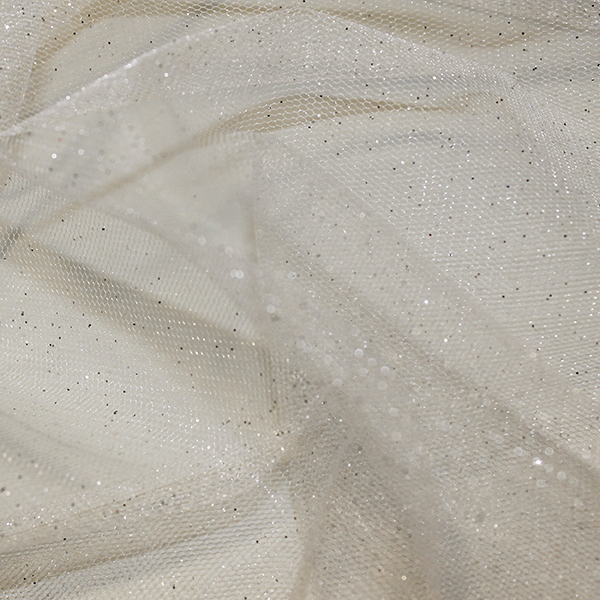
-
Glebe house
Old Bawtry rd
Finningley
Doncaster
Dn93bu - info@bespokedancewear.co.uk
- 07545251877
Make beautiful dance costumes with our range of tulle fabric material! Our tulle fabric is perfect for crafting professional-quality tutus, skirts, and delicate costume elements. We offer various weights of tulle material, including stiffer options for structured tutus and softer types for flowing designs. Our collection includes both English and Italian nets, catering to different tutu styles and performance needs. Whether you’re making a classical pancake tutu or a softer ‘English’ style tutu, our tulle fabric UK selection has you covered. Discover the right soft tulle fabric or netting for your next dance costume project!
Showing all 5 results





We offer different tulle fabric material types for various dance costume needs:
Tulle usage varies across dance styles and costume types:
When creating costumes with tulle fabric, consider these tips:
To maintain your tulle dance creations:
Tutu netting is often referred to as tulle or net fabric. In the dance world, you might hear terms like ‘English net’ or ‘Italian net’. These refer to different types of tulle used specifically for making tutus.
Tulle is the fabric used to make tutus. It’s a lightweight, fine mesh material that comes in various stiffnesses and weights. A tutu, on the other hand, is the finished skirt or dress made primarily from tulle.
Tutus are primarily made from tulle or net fabric, but the specific type can vary. Classical tutus often use stiff nylon or polyester net, typically around 27 gsm (grams per square metre) or heavier.
While both are mesh fabrics, tulle typically has a finer, softer texture, while netting is often stiffer with a more open weave. In tutu making, ‘net’ often refers to stiffer types of tulle specifically designed for dance costumes.
High-quality tulle for dance costumes can be expensive due to several factors. The manufacturing process is specialised, especially for stiffer nets used in tutus. The materials used, such as nylon or polypropylene, contribute to the cost.
